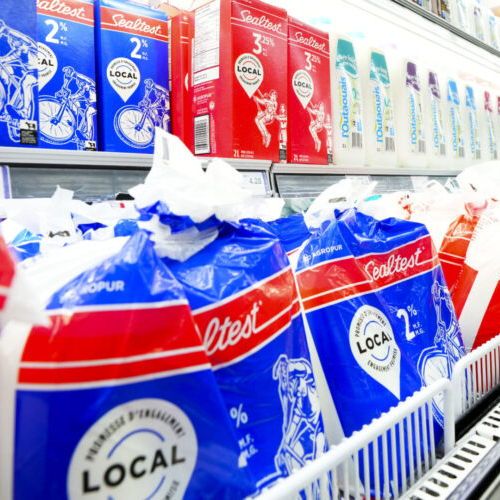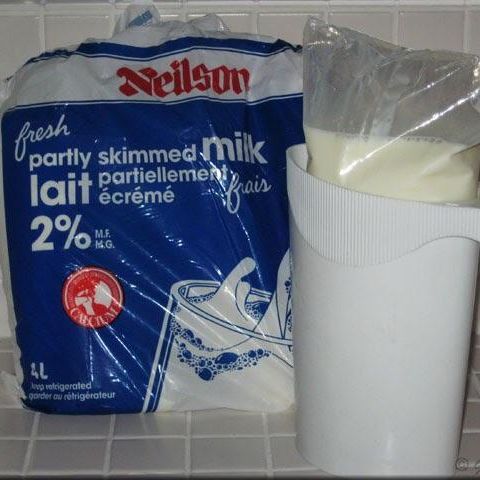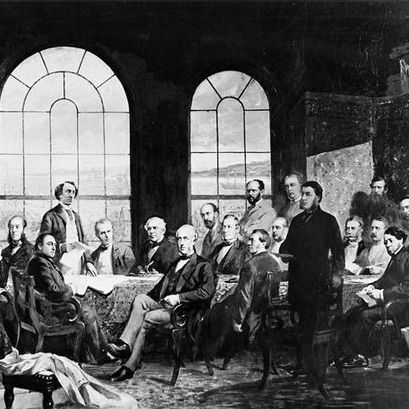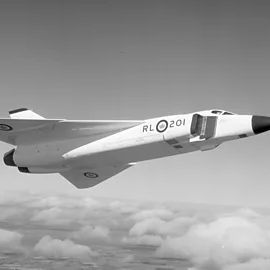It is #AsianHeritageMonth and this is the story of Larry Kwong!
Kwong was born in Vernon, B.C. on June 17, 1923, two days before Canada enacted the Chinese Exclusion Act, which prohibited Chinese immigrants from entering Canada.
As a child, Kwong often faced racism.
🧵1/5
Kwong was born in Vernon, B.C. on June 17, 1923, two days before Canada enacted the Chinese Exclusion Act, which prohibited Chinese immigrants from entering Canada.
As a child, Kwong often faced racism.
🧵1/5

At one point, he was denied service at a barbershop because of his ethnicity.
Kwong began playing hockey on the frozen ponds around Vernon & became one of the top players in the area.
He began to play for the Trail Smoke Eaters, who had recently won the World Championship
🧵2/5
Kwong began playing hockey on the frozen ponds around Vernon & became one of the top players in the area.
He began to play for the Trail Smoke Eaters, who had recently won the World Championship
🧵2/5

While other players were given high-paying jobs at the local smelter, Kwong was denied this & worked as a bellhop at a hotel.
In 1946, Lester Patrick saw Kwong play and was impressed and he signed him to the New York Rangers farm team, where he became a star player.
🧵3/5
In 1946, Lester Patrick saw Kwong play and was impressed and he signed him to the New York Rangers farm team, where he became a star player.
🧵3/5

On March 13, 1948, Kwong became the first person of Chinese heritage to play in the NHL.
He played one minute in the NHL & was sent back down, never to be called up to the NHL again.
Despite his skill, other players were selected for call ups instead of him.
🧵4/5
He played one minute in the NHL & was sent back down, never to be called up to the NHL again.
Despite his skill, other players were selected for call ups instead of him.
🧵4/5

Kwong continued to play hockey & found a great deal of success. With the Valleyfield Braves of the QSHL from 1948-1955, he averaged a point-per-game & led the team to the Alexander Cup, the top senior hockey trophy in Canada.
Kwong died in Calgary on March 15, 2018.
🧵5/5
Kwong died in Calgary on March 15, 2018.
🧵5/5

• • •
Missing some Tweet in this thread? You can try to
force a refresh





















